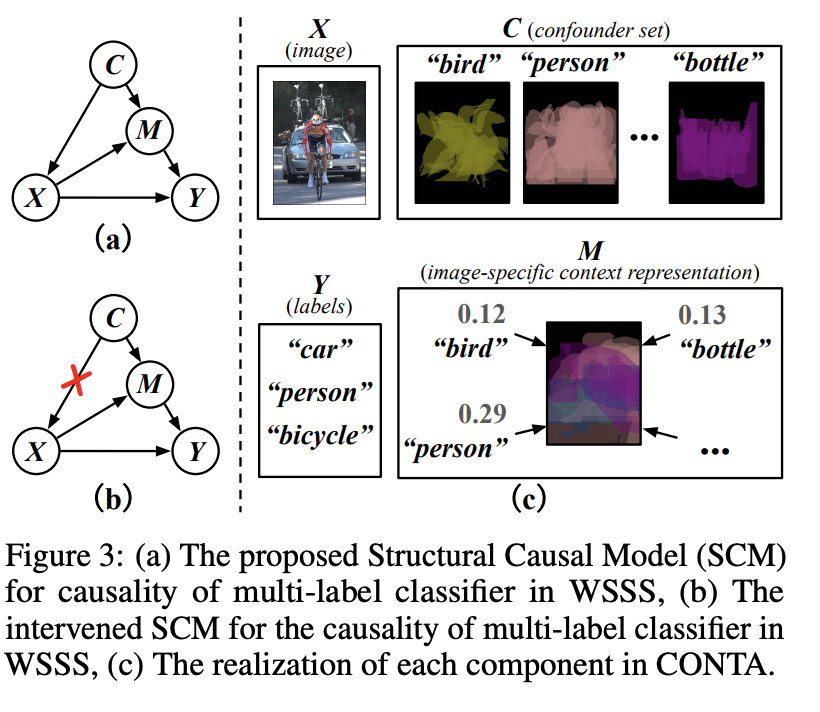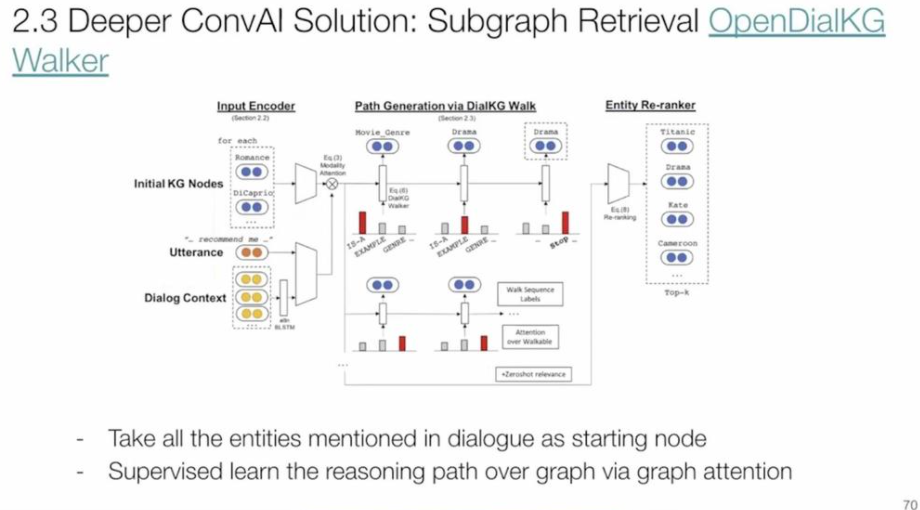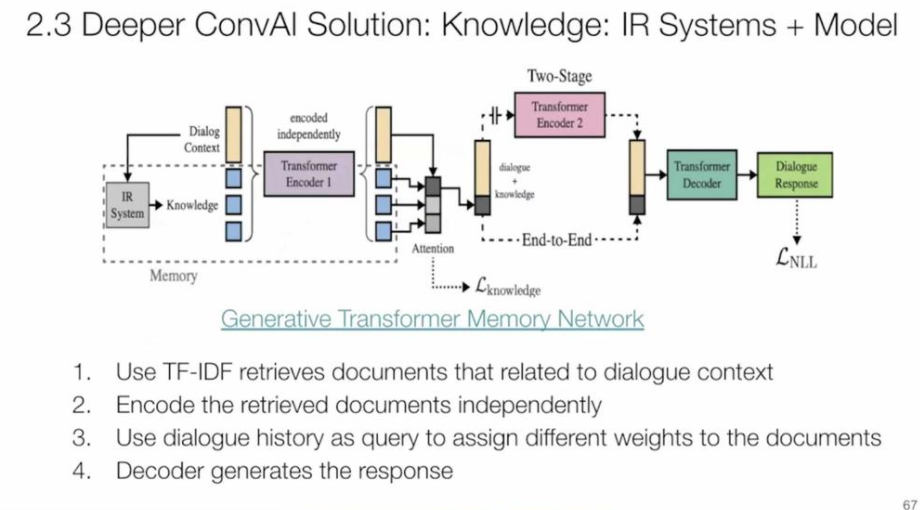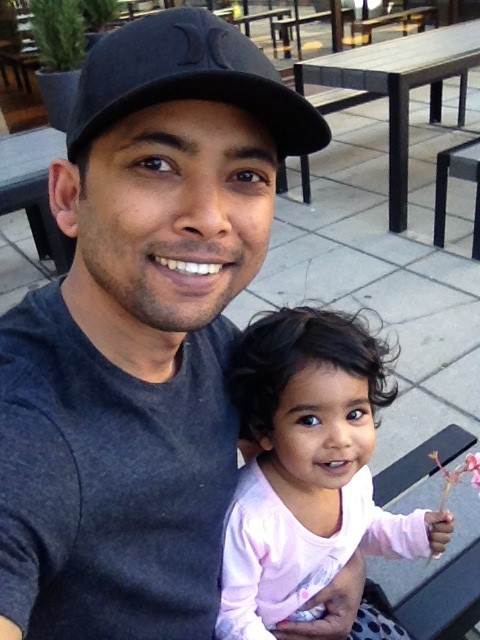My Picks From Neurips 2020
NeurIPS 2020 is virtual this year. As a result, not only the talks were virtual, but also the networking and poster sessions were held online. I got to experience gather.town for the first time. It felt like playing video games at times. I changed my avatar many times :D
All the keynotes had sign language interpretation. I thought it was cool!
Below are some of the talks that I enjoyed watching or reading.
Keynotes:
- The Genomic Bottleneck: A Lesson from Biology
- Success to humans over other animal is perhaps due to better prior
- Neo-cortex in Brain is a repetitive structure
- Humans have broken cultural barrier through language and thus transfer knowledge from one generation to another
- You Can’t Escape Hyperparameters and Latent Variables: Machine Learning as a Software Engineering Enterprise
- We are compiler hackers
- How can we make AI to make our life better
- Pay attention to what AI you are designing to the world
- Be aware of the bias in the data and how it was collected
- Pay attention to how your model will be used
- Tradeoffs make some things better and somethings worse Code bless us All
- Feedback control loop
- Multi-agent learning games
- Non-stationary environment
- (1) Stabilize and shape behavior
- Two player and multi-player/agent learning
- Zero-sum game
- Allocation game
- Learning rule example: replicator dynamics
- Can natural learning rule lead to nash equilibrium?
- Update rule depends on a user’s own strategy
- Uncoupled learning rule
- Anti-coordination game
- Introduce auxiliary states for higher order learning
- Anticipatory learning - where things are heading taking into account
- Optimization - optimistic gradient ascent
- (2) Robustness to variation
- Internal: thrust, drag
- External: weather
- Nominal analysis
- Contractive game: allow auxiliary dynamics over long term
- Partially observed markov process
- PAC verification (1) completeness (2) Soundness
- (3) Track command signals
- Forecasting and no-regret
- Distributional forecast
- Robustness, Verification, Privacy: Addressing Machine Learning Adversaries
- Privacy
- Robustness
- Verifiability
- ML is risk assessment system
- Build trust
- Who builds the ML system and who verifies the ML code is correct?
- Verify training distribution can be called as verifying hypothesis
Meta learning
- Continual Deep learning
- Catastrophic forgetting as new data arrived
- Some weights are regularized while others not
- Function regularization
- Identify few crucial examples
- (1) Convert neural network to GP
- (2) Identify memorable past examples (on the boundary?)
- (3) Train function regularizations of memorable past
- ELBO - variational objective
- [Adversarial robust few-shot learning: a meta-learning approach]
- Adversarial examples only in the outer loop
- Meta-learner is adversarially robust
- Query data matters when doing adversarial training
- Setting in a few shot learning
- Outer loop queries with adversarial examples
- Online continual learning
- Online data
- reservoir sampling
- replay buffer
- C-MAML
- Inner and outer loop model
- Adaptive learning rate schedule - per parameter
- conservative updating gradient related to the previous task
- gradient clipping and masking
- Single pass and multiple pass - how many times an example is used
Reinforcement learning
- Off-policy Reinforcement learning
- Data driven RL
- off-policy still collects data actively from environment
- Offline uses data collected with any policy; new data is not added
- Large data and large model lead to generalization
- RL with augmented data
- Pixel based
- state-based
- Soft-Actor-Critic model
- Evaluation on Data efficiency, generalization efficiency
- Sub-sampling for Efficient Non-Parametric Bandit Exploration
- UCB , Thompson sampling
- Bootstrapping observation; log regret
- Sub-sampling dueling algorithm
- Leader arm competes with other arms
- Change leader at the end of the iteration
- Randomized sampler
- Deterministic sampler
- Sub-sampling dueling algorithm
- Can Temporal-Difference and Q-Learning Learn Representation? A Mean-Field Theory
Normalizing flows
ML Compiler
Equivariant networks
- Symmetry: a translation that leaves some aspect of the object invariant
- Transformation
- GNN - same adjacency matrix

Representation learning
- Bootstrap Your Own Latent - A New Approach to Self-Supervised Learning
- Self-supervised learning in par with SimCLR
- Image augmentation
- Prediction network and a target network
- Exponential moving average is used to update weights from prediction network to target network minimizing cosine similarity of output of two networks
- Space-Time Correspondence as a Contrastive Random Walk
- Contrastive learning
- Data augmentation has hyperparameters and require supervision
- Dynamics in Video
- Mining correspondence
- Temporal coherence
- Latent views - intermediate views
- Palindrome views
- Random walk from a query frame to a target node and edge strength
- Encoder
- Pairwise similarity and softmax function
- Transition probability
- Each step of the random walk is a contrastive learning task
- Also apply self-supervised using palindrome frame
- Edge dropout improves object level correspondence
- Label propagation
- Work outperforms colorization based method
- Learning Physical Graph Representations from Visual Scenes
- Multi-label Contrastive Predictive Coding
- Learning optimal representation
- Consider a subset of classifier that are accessible
- Minimality causes generalization
- [Manifold in Graph embedding]
- Representation of each point in the embedding space
- Singular value decomposition
- [Hebbian Memory Network]
- Biology inspired
- Single layer memory module
- Based on associative memory implemented by plasticity
- Memory module is differentiable
Vision application
- Rethinking Pre-training and Self-training
- How do you incorporate unlabeled data in your task
- Pretraining and transfer weights for downstream task
- Value diminishes with more data
- Self-training: co-training / SimCLR
- SimCLR and pre-training
- When pre-training hurts, self-training helps
- Does self training have any limit?
- Joint training helps
- pre-training and self-training on the same task are additive
- Neural Sparse Voxel Fields - NSVF
- Voxel embedding
- Ray voxel intersection and matching
- Progressive initialization with self pruning
- 3D Multi-bodies: Fitting Sets of Plausible 3D Human Models to Ambiguous Image Data
- Set of plausible meshes
- 3D reconstruction from 2D have to address ambiguity
- n-Quantization for multiple hypothesis, normalizing flows, reprojection loss for mode degeneration for sparse gradients
- Normalizing flows convert complex distribution such as 3D meshes to simpler distribution such as multivariate gaussian
- Do Adversarially Robust ImageNet Models Transfer Better?
- What features model is learning depends on
- Convolutional prior
- Data augmentation
- Loss function
- Adversarial robustness
- Train model with adversarial examples
- What features model is learning depends on
Evaluation
- Accuracy is not enough
- Precision and Recall
- Ranking
- Expected search length: Num of non-relevant item searched before k relevant item
- R-precision: Inverse of expected search length.
- Reciprocal rank: Time to find a Single relevant item
- average precision: avg precision for different recall preference
- rank-based precision
- expected utility
- Behavior
- online setting
- Explicit feedback
- Expensive and privacy concern
- Implicit feedback
- can be noisy and biased
- Use log to calculate offline metric
- Implicit
- Short-term
- page level
- long-term
- session - level
- clicks, dwell time, eye movement
- zooming in and out
- Good abandonment
- Slate evaluation
- Short-term
Causal learning
- Causal intervention in Semantic segmentation
- Expensive to collect label for semantic segmentation
- Context adjustment
- Context is a confounder between input data and label. Some objects alway cooccur such as couch and TV.
-
In order to defound it, we need to find an input data from any context with the same label. e.g., Two Car pictures from any context.

- Use causal intervention to cut connection from C to X
- (1) Classification
- (2) Pseudo-mask for semantic segmentation
- (3) Confounder set to break the edge with confounder
- Average segmentation mask of each class
- Is there a notion of time?
- [Causal imitation learning]
- Reward signal is unobserved
- Behavior cloning and inverse reinforcement learning
- Environment is structural causal model, expert, learner
Sparsity
- Gaussian weights
- Constant expansion between layers
- Uniform concentration
Day 2
-
Deep Implicit Layers: Neural ODEs, Equilibrium Models and Beyond
- Generative conversational AI
- Perplexity, BLEU
- Human evaluation Likert (Humanness, coherence, fluency)
- Human A/B test like interaction
- Vanilla Seq-to-Seq model: Lack of diversity, inconsistency, lack of knowledge, lack of empathy
- Ways to address:
- Deeper conversation
- Add diversity: Nucleus sampling
- Personalization: embedding
- Knowledge graph

- Text knowledge

- Forget About the LiDAR: Self-Supervised Depth Estimators with MED Probability Volumes
- State of the art SIDE can be achieved by autoencoder network incorporating MED representations in the output layer
- Outperforms DORN supervised baseline
Day 1
- Make boats fly
- Optimize folds to laptime
- Use simulator to optimize design choices
- Objective is to evaluate as many design choices as possible
- Boats have more inputs than f1 cars
- Use RL to optimize the design choices
- Boat simulator: loosely defined goal, imperfect knowledge of the environment and complex dynamics
- RL controls 14 inputs. Optimizes the velocity made good.
- Autopilot/RL trained agent follow the path and perform manuevers
- Curriculumn learning, custom initialization, sharing experience replay buffer across workers, domain randomization, sample efficient, recovering spot instances, use different seeds
- Encapsulate a simulator in gym environment
- Rewards
- Autopilot/RL evaluates a design
- Genetic search like method to search optimal design choices
- Removes uncertainty of human input. No need to perfom many lapse and average output
- The Challenges and Latest Advances in Causal AI
- causal model helps to adapt data drift in dynamic world
- It helps to discover causal driver and avoid spurious correlation
- Works with small data
- causalLens is an ML library that helps users to build causal model
- Reading list:
- Beyond structural causal models: causal constraints models by Blom et al. 2019
- Necessary and sufficient conditions for causal feature selection in time series by Mastakouri et al. 2020
- DYNOTEARS structural learning from time series data by Pamfil et al 2020
- MINING AND LEARNING WITH GRAPHS AT SCALE
- Tell us about our data: Local data to Global data
- Computation on Multi-modal data
- Scaling: mapreduce, distributed hashtable, GraphTensor for tensorflow, jraph
- Widely used features: graph building and clustering, semi-supervised learning, GNNs and embedding
- Graph building: LSH, semisupervised, local search and auto-encoders.
- Clustering
- Information propagation
- Signals and topological analysis
GNN and COVID-19
- Spatial and temporal information was used to model COVID-19 spread
- Graph used spatial information to build the graph. One graph is built for each day. A graph receives information from the previous day’s graph.
- Model predicts case count
Graphs for privacy
- Federated learning of cohorts
- Cluster of k users. Users within a cluster bear similarity in browser behavior
- Affinity hierarchical clustering algorithm
Causal inference
- Random trial
- Clustering: group nodes that are in control group and treatment group
- Correlation clusterings beat balanced clustering
Grale: Building graph at scale
- Semi-supervised learning and inference on the unlabeled nodes
- Different types of relationship. Finding the right relationship is important
- Multi-modal features
- Bucket using LSH. Within each bucket, training data (whether two node belong to the same graph) and build graph
- Grale at Youtube to find malicious actor
- Abusive vs non-abuse item
Clustering at scale
- Affinity Hierarchical clustering
- MapReduce
- Randomized Composable Core-sets
